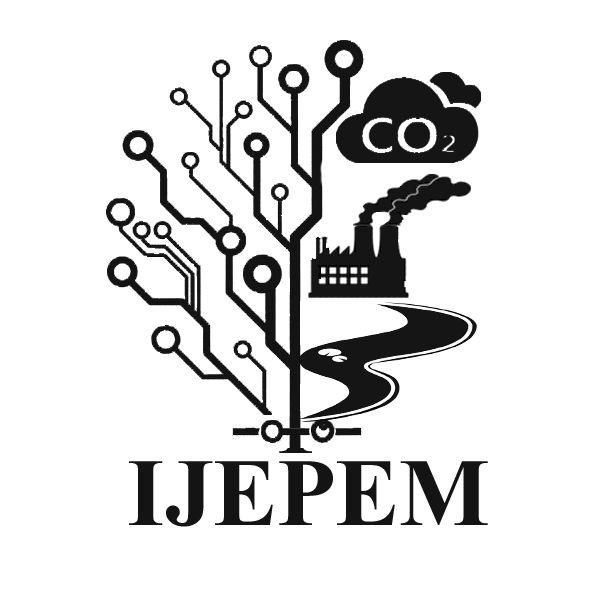
International Journal of Environmental Pollution and Environmental Modelling
Yazarlar: Abdullah NAYEEM AL, Md. Sahadat HOSSAİN, Ahmad Kamruzzaman MAJUMDER, William S. CARTER
Konular:Çevre Bilimleri
Anahtar Kelimeler:Spatiotemporal,Brick kilns,Remote sensing,Particulate matter
Özet: The air quality of Dhaka has become severe due to numerous brick kilns, construction, demolition, biomass burning, heavy traffic, transboundary effect, etc. This study identified the relationship between the spatiotemporal variation of brick kilns with PM2.5 concentrations in three sub-districts of Dhaka, namely- Dhamrai, Savar, and Keraniganj. Spatial data retrieved from Google Earth for assessing the temporal changes of brick kilns and Moderate Resolution Imaging Spectroradiometer (MODIS) data for PM2.5 collected from NASA online database. Remote sensing technique and ArcGIS 10.2.1 tool used for analyzing the spatiotemporal variability of PM2.5 concentrations. The results show that the number of brick kilns increased to 307, 497 and 551 in 2006, 2010 and 2018, respectively. Besides, the annual average of PM2.5 concentrations in Dhamrai sub-district was 58.6, 58.9 and 64.8 μg/m3, while 58.6, 58.2 and 64.5 μg/m3 in Savar and 57.7, 56.7 and 63.1 μg/m3 in Keraniganj in 2006, 2010 and 2016, respectively. The findings portray that PM2.5 concentration was almost three to four times higher than the Bangladesh National Ambient Air Quality Standard (BNAAQS) and World Health Organization (WHO) standards. Besides, there is an increasing trend has been found between concentration and brick kilns. Hence, standardization of the kiln efficiency through improved combustion techniques along with the promotion of sand bricks could be an effective solution to reduce emission from brick kilns in Bangladesh.